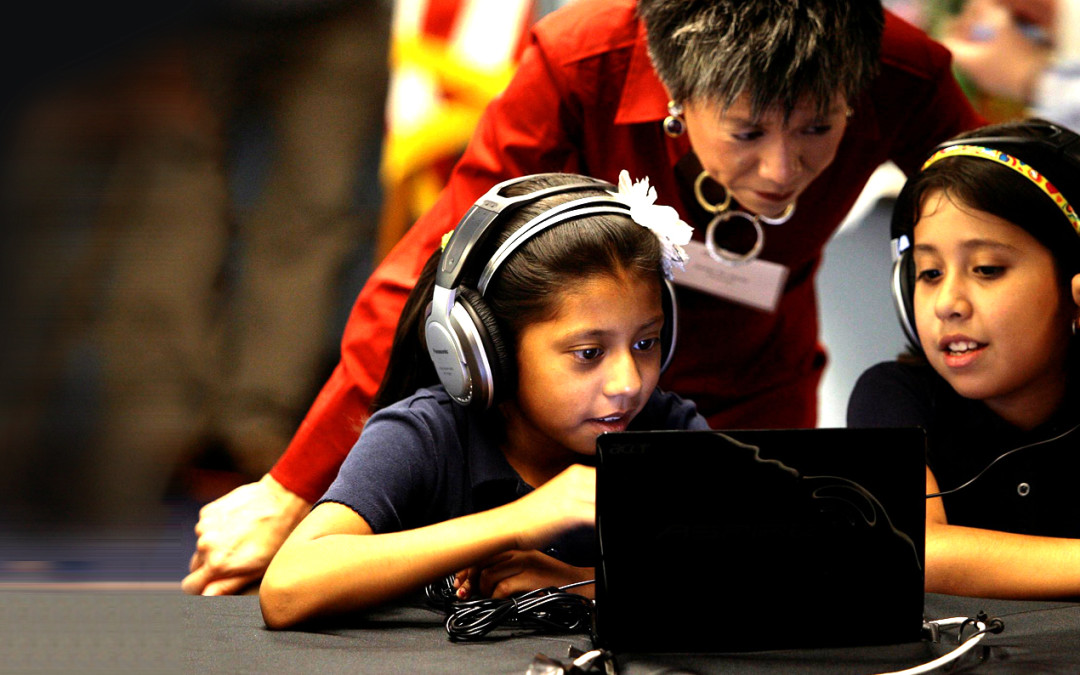Only 6% of Americans correctly answered all 12 questions on this quiz, which was part of a study conducted by the Pew Research Center. Before you read any further, take it and see how you do. It doesn’t take very long.
How well did you do?
Fewer than 2,000 of the 3,278 Americans in the original survey answered at least half of these questions correctly. Only 60% of the people who took the quiz did well enough to score a C (8/12 correct). In an article about this research, Mic.com discussed why these results should be so alarming. “The scarcity of Americans qualified in STEM comes at an economic cost to the country,” author Natasha Noman points out.
In a report by the National Math & Science Initiative, it’s stated that “The occupations with the fastest growth in the coming years – such as biomedical engineers, network systems and data communications analysts, and medical scientists – all call for degrees in STEM fields.” One example they provide is that job openings in computer systems design (a field which relies heavily on complex math and science skills) are projected to increase by 45% by 2018. Individuals with STEM related degrees can expect to make significantly more than college graduates in other fields. “According to the Commerce Department, people in STEM fields can expect to earn 26% more money on average and be less likely to experience job loss.” Sound like a no brainer? You’d think so, however;
Sixty percent of the new jobs that will open in the 21st century will require skills possessed by only 20 percent of the current workforce. The U.S. may be short as many as three million high-skills workers by 2018. Two-thirds of those jobs will require at least some post-secondary education. American universities, however, only award about a third of the bachelor’s degrees in science and engineering as Asian universities. Worldwide, the United States ranks 17th in the number of science degrees it awards.
In 2010 the Organization of Economic Cooperation and Development reported American students scored 17th in science and 25th in math out of 65 countries. This puts us far from being the dominant force in the field of scientific research papers that we were nearly 35 years ago. In 1981 almost 40% of research papers published in the most influential journals were written by U.S. scientists. In 2009, that number was down to 29%. (NMSI report)
So what about Utah? In an article published by the Deseret News in 2014, Jon Pierpont, the Executive Director of the Utah Department of Workforce Services, states:
STEM education builds a stronger and more nimble workforce. This effort is not just necessary for our economy, it is also beneficial for our people. The unemployment rate for Utahns with a technology degree is 1.6 percent, compared to 2.9 percent for a degree in any field. STEM degree holders also enjoy higher wages. These fields are also growing. The Bureau of Labor Statistics projects the United States economy will add nearly 1 million science and engineering jobs by 2022.
Most poignantly, he points out that STEM education could especially impact those in Utah stuck in the cycle of generational poverty. “We have a unique opportunity to empower our underserved populations with innovative tools through STEM education,” Pierpont asserts. At Boys & Girls Clubs of Utah County, we firmly believe that to be true. That’s why the AmeriCorps Utah STEM Initiative was started.
Through a generous AmeriCorps grant, Boys & Girls Clubs of Utah County is able to place AmeriCorps members in 20 different schools along the Wasatch Front. These volunteers do STEM activities with students in breakout sessions throughout the day, using curriculum in line with the Utah Common Core. AmeriCorps Members are given resources to help them work with different grade levels, and have the opportunity to work with hundreds of students each year. They also arrange with local STEM-related companies to bring in volunteers to do sessions with the students, presenting practical application and “real-world” problems so students can engage in problem-based learning. This first-hand experience working to solve complex problems helps students learn critical thinking skills that are crucial to success in any STEM-related fields of study.
STEM education is vital to the future success of this country, and to improving the world: solving today’s complex problems and training young people so they can solve tomorrow’s problems. It takes each of us to raise a voice in improving STEM education. What ways can you get involved? The simplest are to volunteer as an AmeriCorps member (if you’d like more information, please contact us through the form on our web page) or to request an AmeriCorps member at a school near you. If you have any questions about this program, please contact us!
STEM Education is key to great futures. AmeriCorps works, and our AmeriCorps members continually work to improve the lives and futures of Utah’s youth.

